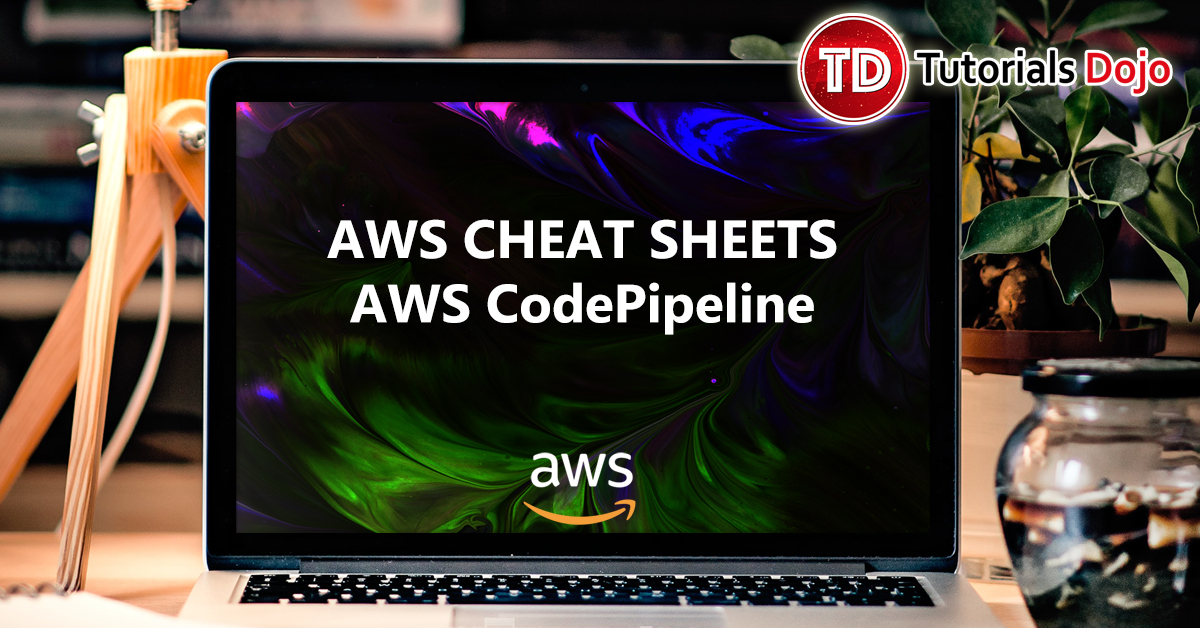VPC Peering
Jon Bonso2025-11-30T07:01:04+00:00VPC Peering Cheat Sheet A networking connection between two VPCs that enables you to route traffic between them privately using private IPv4 addresses or IPv6 addresses. Instances in either VPC can communicate with each other as if they are within the same network. You can create a VPC peering connection between your own VPCs, with a VPC in another AWS account, or with a VPC in a different AWS Region (also called Inter-Region VPC Peering). A VPC peering connection is neither a gateway nor an AWS Site-to-Site VPN connection and does not rely on a separate piece of physical hardware. [...]










